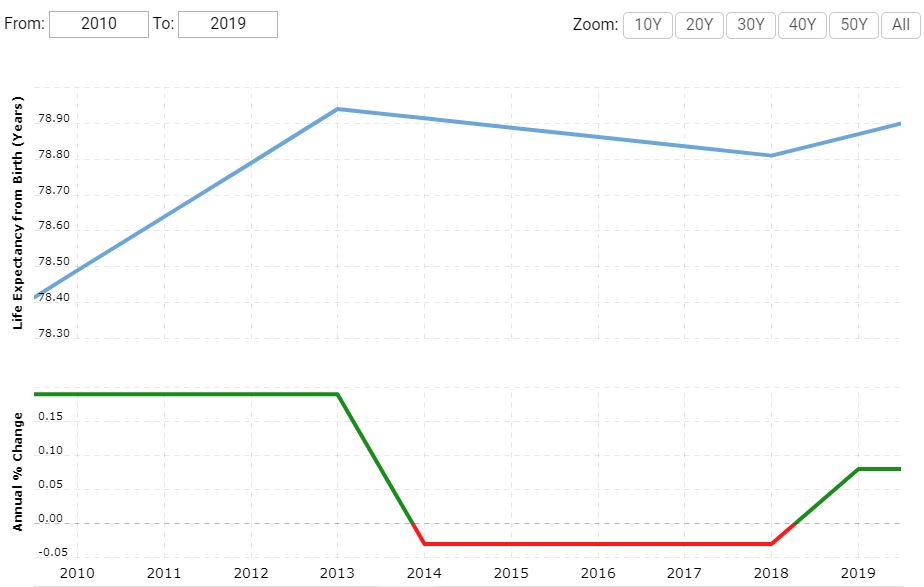Recent research highlights a concerning trend in the United States—the slowing growth of life expectancy. This deceleration contrasts sharply with the global progress seen in the 20th century, where significant medical and public health advancements promised longer lives. The study, analyzing mortality data from various high-life-expectancy regions worldwide, shows a general slowdown in life expectancy gains, with a particularly stark decline in the U.S.

Between 2010 and 2019, the United States witnessed a surprising dip in life expectancy, a shift not precipitated by war or other societal upheavals traditionally linked to such declines. This trend points to a deeper, more insidious problem affecting specific demographic groups.

Epidemiologist S. Jay Olshansky, one of the study’s co-authors, notes that the increase in deaths from chronic conditions such as heart disease and diabetes among adults aged 40 to 60 has played a significant role in dragging down the national average. This reversal is alarming because it suggests that despite overall wealth and access to advanced medical technology, segments of the U.S. population are experiencing declines in health and longevity.

The decline in life expectancy is not uniform across all U.S. populations. It disproportionately affects less wealthy and less educated groups, highlighting significant disparities in health outcomes. These disparities are influenced by various factors, including access to healthcare, lifestyle choices, economic stability, and education levels.

Chronic diseases are at the forefront of the challenges to increasing life expectancy in the U.S. Unlike infectious diseases that can be targeted with vaccines and other direct interventions, chronic conditions require complex, long-term management strategies that are often not accessible to all. The rising prevalence of these diseases reflects broader societal and lifestyle issues that need addressing—from dietary habits to exercise patterns and beyond.

To combat this trend, a multifaceted approach is necessary. Improving access to healthcare, promoting healthier lifestyles, and addressing socioeconomic disparities are crucial steps. Additionally, new medical technologies and treatments must be developed to better manage the chronic diseases that are so prevalent in older populations.

The slowdown in life expectancy growth in the United States serves as a wake-up call. It challenges us to reevaluate how health and wellness are promoted and managed across different communities. As we look to the future, it is imperative that efforts are intensified to not only extend life but to ensure those additional years are lived in good health. Tackling the root causes of the decline in life expectancy will require cooperation across multiple sectors of society—from healthcare to governmental policies and individual behaviors.






